Best Practices Articles

5 Things Your Partner Portal Software Needs
Every organization selling through a network of channel partners needs a partner portal to recruit, engage, enable and manage their partner base. It doesn’t really matter whether the company is in healthcare, life sciences, manufacturing, technology or any other vertical. To maintain their position and succeed in this hypercompetitive age, every organization selling through the channel must have state-of-the-art partner portal software.
Channel partner classification varies from one vertical to another. For example, in the insurance segment the partner is an agent, in the manufacturing vertical the partner would typically be a dealer or a wholesaler, and in technology the partner is probably a value-added reseller (VAR) or system integrator. However, at the end of the day and no matter how it is classified, the partner’s basic function is the same: to resell products and services from a vendor (or a provider). The success of this relationship between partner and vendor requires the use of partner portal software that provides partners with relevant marketing and sales assets and technical product and services materials. The partner portal should also provide both vendors and partners with tools track and measure sales and other activities.
So what are the bare minimum requirements for partner portal software in this digital age? In this article, I identify and briefly summarize five core capabilities:
- Partner profile management – It is essential to have a granular partner profile manager, just as you would have in a state-of-the-art CRM system. The partner profile manager in your partner portal software should be able to dynamically group partners into various classes—such as gold, silver and bronze, for example, or by vertical, location or other criteria. The groupings should be based on logic, on partner credentials and how partners are performing. The partner portal software should be able to pull data from various sources and sort it appropriately to ensure each partner organization belongs to the right group.
- Portal content management – The next most critical capability is proper web content management. Today, setting up a website is easy, but enterprise-grade partner portal software needs to be able to do a lot more. It should have variable page and content management capabilities which allow a vendor to automatically provide different pages and blocks of content to different groups of partners. For example, only certain pages should be made available to silver partners, while gold partners may have access to a more comprehensive set of pages. Even within an individual page, only certain content may be made available to silver partners, while the entire page may be available to gold partners.
- Partner documents management – Think of documents management as an optimal way to create an online “library” of partner-facing content. Your partner portal software should allow you to set up document folders, and upload various types of documents and file types. These folders, and documents within the folders, can be made available to different groups of partners based on their access rights, which would be set through your partner profile management capabilities. Documents management is must-have for partner portal software. You need it to create folders with special pricing, special programs, etc., and to make them available to specific groups of partners.
- Co-branded assets management – Like content and documents management, this is another highly important capability for partner portal software. You should be able to upload print-quality assets like data sheets, case studies, posters, post cards, pop-ups, and standees to the partner portal, and partners should be able to download and co-brand these assets with one click using their own logos and contact information, allowing them to use the assets for both marketing and sales purposes. In addition to print-quality asset co-branding, your partner portal software should also allow partners to edit other types of HTML and HTML5 content for banners and other website features.
- Analytics & reporting – Last but not least, your partner portal software must offer enterprise-grade reporting to help you figure out which assets are working, which are not and what needs changing. You also should be able to run reports and see which assets are due to expire soon, and track consumption by partner territory, partner type, asset classes, etc. The partner portal software’s analytics and reporting capabilities should also enable you to track partner engagement and overall performance metrics at a very granular level.
Best Practices Guidebook
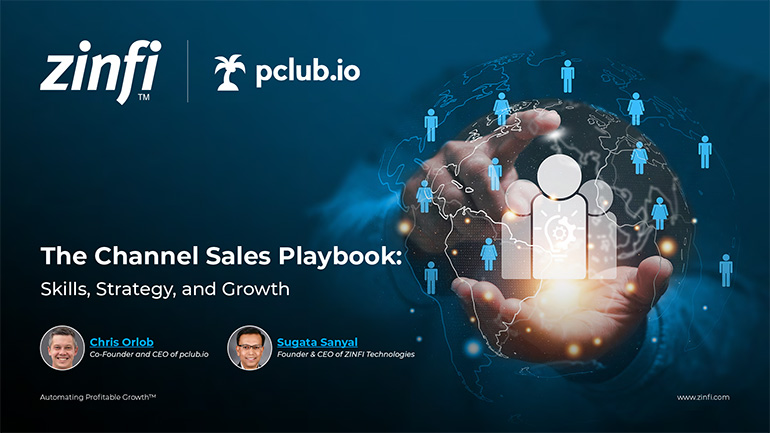 The Channel Sales Playbook: Skills, Strategy, and Growth
The Channel Sales Playbook: Skills, Strategy, and GrowthDownload for FREE
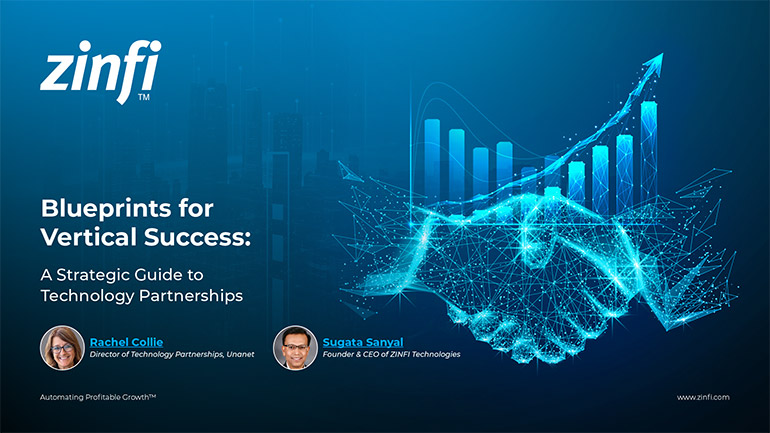 Blueprints for Vertical Success Best Practices
Blueprints for Vertical Success Best PracticesDownload for FREE
 The Future of Partner Enablement: From Enablement Gaps to Global Advantage
The Future of Partner Enablement: From Enablement Gaps to Global AdvantageDownload for FREE
 Reimagine Sales Development. Build a Smarter Prospecting Engine
Reimagine Sales Development. Build a Smarter Prospecting EngineDownload for FREE
 The Zero Trust Imperative: Fortifying Enterprise Security Against AI-Driven Threats
The Zero Trust Imperative: Fortifying Enterprise Security Against AI-Driven ThreatsDownload for FREE
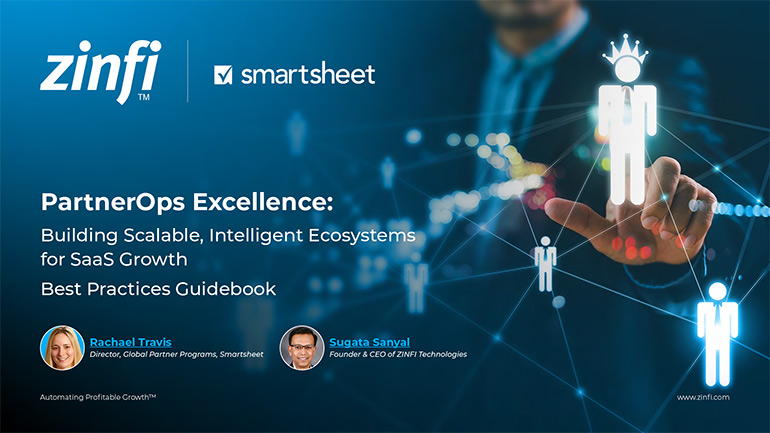 PartnerOps Excellence: The Definitive Guide to Scalable SaaS Ecosystems
PartnerOps Excellence: The Definitive Guide to Scalable SaaS EcosystemsDownload for FREE
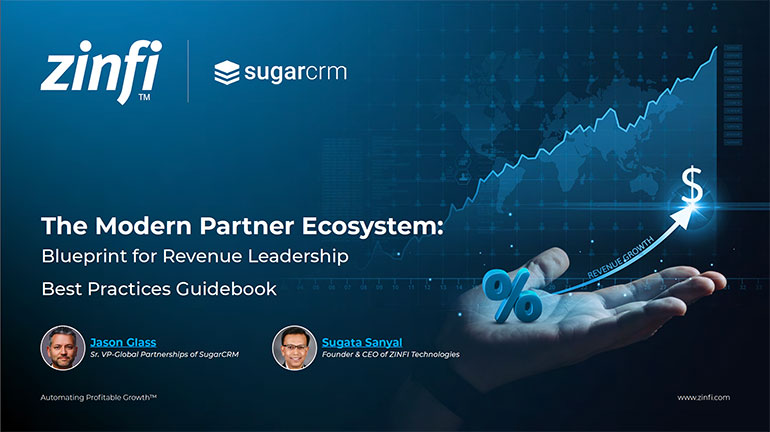 The Modern Partner Ecosystem Best Practices
The Modern Partner Ecosystem Best PracticesDownload for FREE
 Partner Marketing Reimagined: Strategies for Agile, Insight-Led Growth
Partner Marketing Reimagined: Strategies for Agile, Insight-Led GrowthDownload for FREE
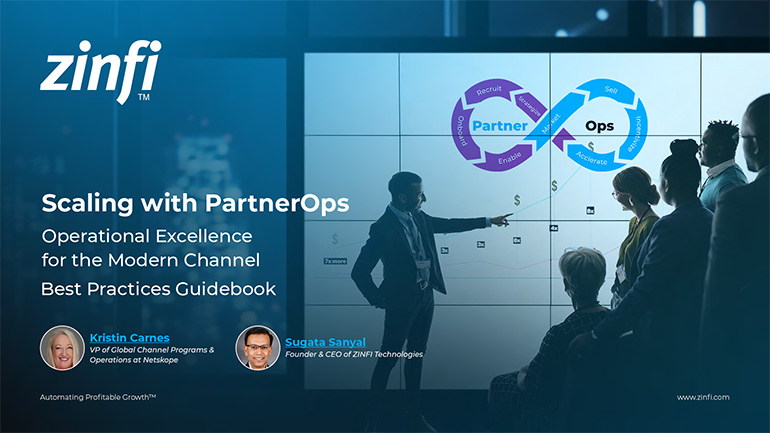 Scaling with PartnerOps Best Pratices
Scaling with PartnerOps Best PraticesDownload for FREE
 Leading with Partner Programs Best Pratices
Leading with Partner Programs Best PraticesDownload for FREE
 The Partner-First Blueprint: Scaling Trust, Intelligence, and Ecosystem Growth
The Partner-First Blueprint: Scaling Trust, Intelligence, and Ecosystem GrowthDownload for FREE
 Unlock Scalable Growth with The Partner Marketing Growth Blueprint
Unlock Scalable Growth with The Partner Marketing Growth BlueprintDownload for FREE
 From TikTok to LinkedIn: Social Selling Across the Generational Divide
From TikTok to LinkedIn: Social Selling Across the Generational DivideDownload for FREE
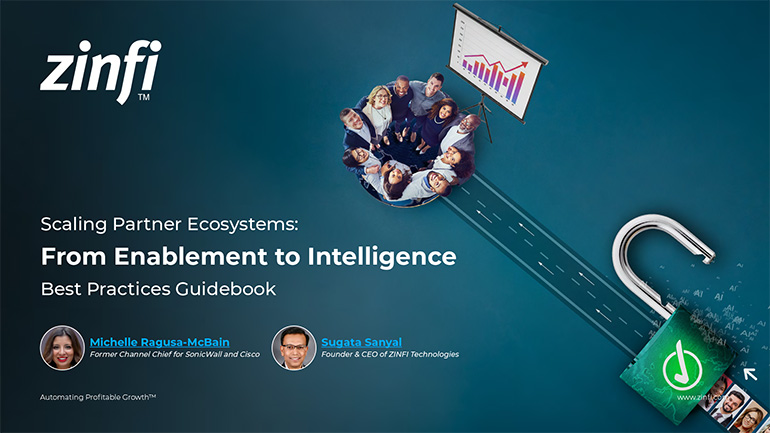 Scaling Partner Ecosystems: From Enablement to Intelligence
Scaling Partner Ecosystems: From Enablement to IntelligenceDownload for FREE
 The Ultimate Guide to Partner Marketing Success Best Practices
The Ultimate Guide to Partner Marketing Success Best PracticesDownload for FREE
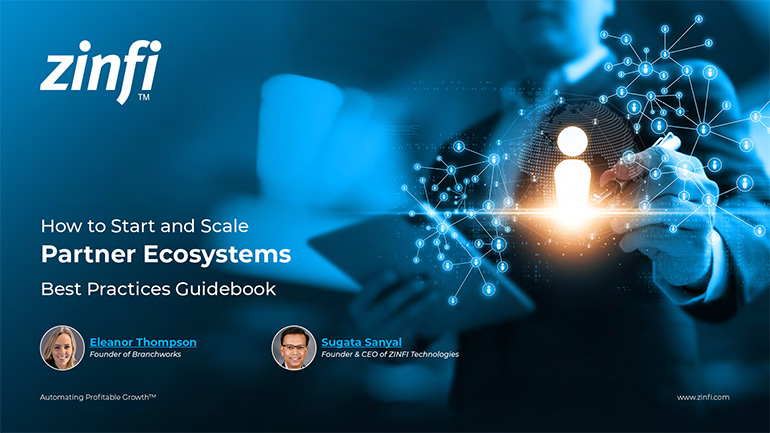 How to Start and Scale Partner Ecosystems Best Practices
How to Start and Scale Partner Ecosystems Best PracticesDownload for FREE
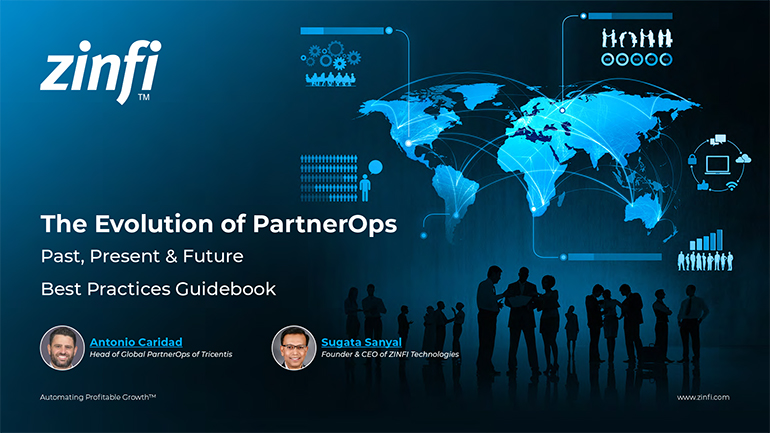 The Evolution of PartnerOps: Past, Present & Future Best Practices
The Evolution of PartnerOps: Past, Present & Future Best PracticesDownload for FREE







